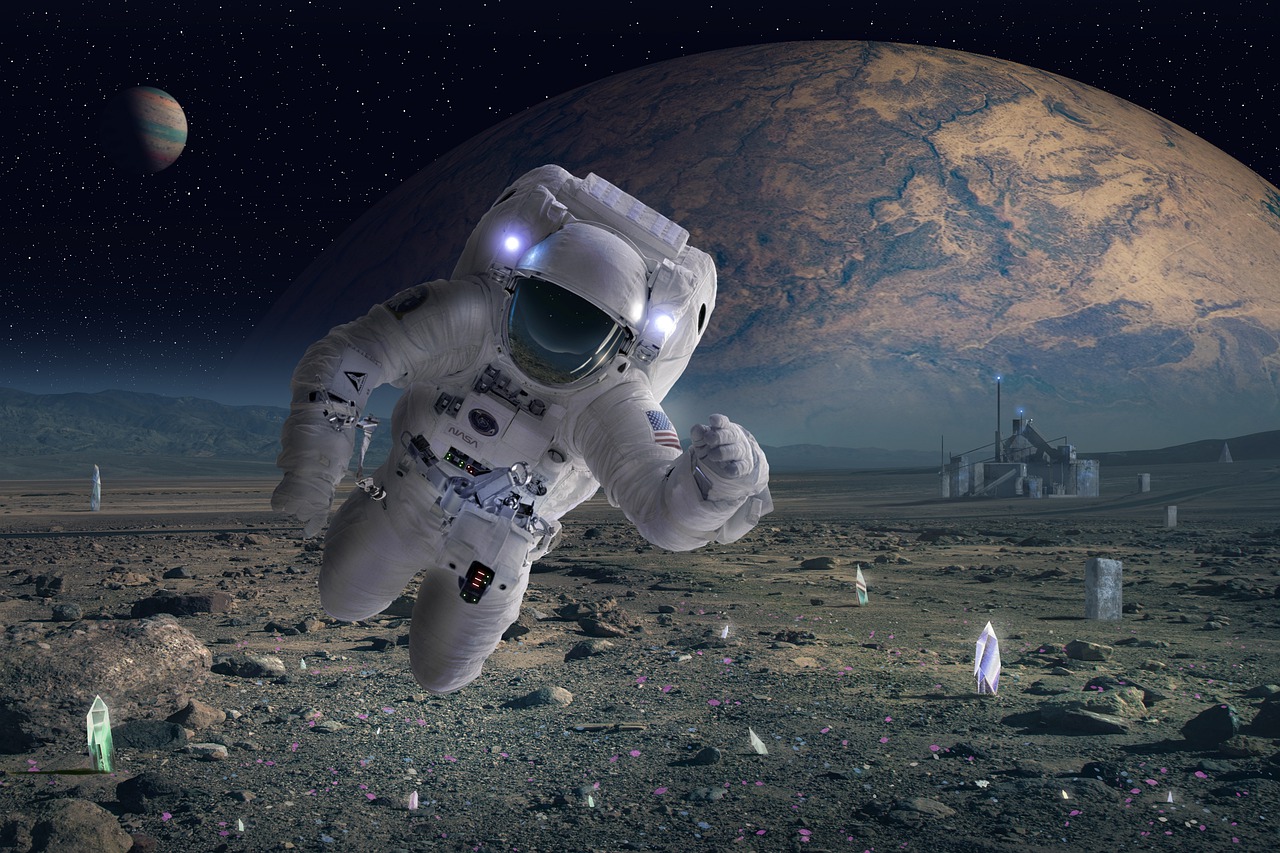Space exploration dates back to the 1930s when the Soviet Union launched their first rocket into space, one that carried a dog on board. Since then, we’ve taken giant leaps in technology and have been able to put men on the moon and send satellites into space. However, some people still question whether or not it’s worth all the money to continue with space exploration in this day and age, especially considering how underfunded so many other areas of our country are.
The process of making use of astronomy along with space technology to study outer space is known as space exploration. Not only human spaceflight but also robotic spacecraft have contributed a lot to the exploration of space.
Astronomy, or the study of celestial objects, is one of the earliest known scientific disciplines, predating trustworthy recorded history. Space exploration became a possibility thanks to the development of fuel rockets in the early 20th century. In certain cases, they say that space exploration was once a “Space Race” between two giants; the USA and the Soviet Union. That is because space exploration involves political rivalry, forcing individual nations to move at a quicker speed in order to achieve exploration first.
Space exploration has moved away from one-time missions and toward reusable gear, allowing for more exploration. The rise of private interest in space exploration has sparked calls for greater competition and bigger government missions.
In 1957, the inaugural orbital launch took place. Sputnik was a Soviet unmanned spacecraft that orbited our planet at a distance of approximately 150 miles. Following the Soviets’ triumph, the US deployed “Vanguard 1” 2 months later, but it failed miserably. Explorer 1 was successfully deployed and orbited by the United States in 1958.
The Vostok 1 made the very first human spaceflight in 1961, carrying a 27-year-old man. In around two hours, the spacecraft accomplished one complete orbit around the planet. This victory encouraged the rest of the world to pursue space exploration. Within six months, the United States followed in the USSR’s footsteps. On February 20, 1962, the Mercury mission orbited our planet six times. On the Vostok 6, the first-ever woman orbited the Earth 48 times in 1963.
Astrobiology, which is the study related to life in the cosmos, is one of the primary goals of space travel. The primary emphasis of astrobiology is on the formation and development of life. Exobiology is another term used to describe it. Astrobiologists explore the potential of life which is unlike any other life that has been found before.
As of today, space exploration has reached new levels. For instance, Elon Musk is planning to colonize Mars (the red planet) under the project called SpaceX. Had that been accomplished, that will be the most significant achievement of mankind in terms of space exploration.
On the other hand, Richard Branson already offers the opportunity for civilians to travel to space with his company called “Virgin Galactic”. As long as you have enough money (at least $450,000), you can buy a ticket and fly to the space and come back. Hopefully, the prices may go down as the technology develops. In near future, we will be exploring unimaginable heights in space. Humankind will reach incredible distances and perhaps encounter an alien species sooner or later. Scientists strongly believe that we are not alone in this universe. In fact, space exploration will be of great assistance to find the origin of life as well. So, let’s keep our hopes alive and wish scientists all the best.
A fact that might be a little disheartening if you find yourself on a distant planet millennia from now, struggling for survival. That’s why it’s important that we continue to explore and push into new frontiers–not only for our benefit today, but for those who will need it tomorrow. Here are three reasons why space exploration is so crucial.
![]()
